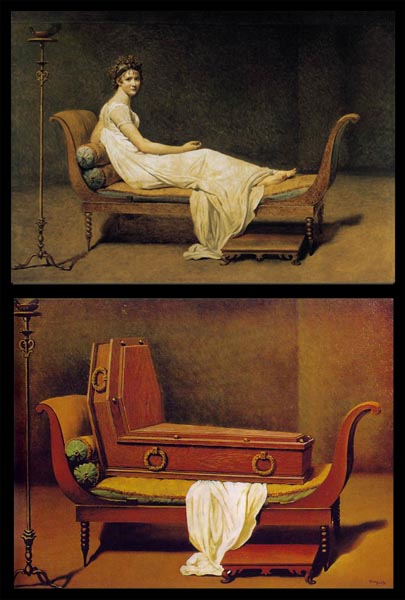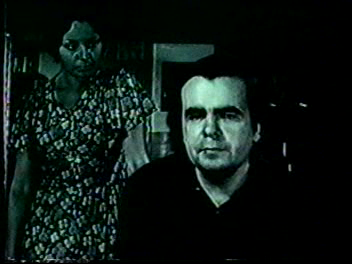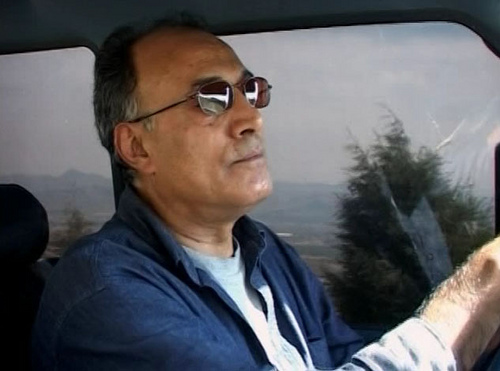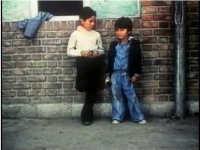From Film Comment. — J.R.

JULIEN: Have you ever thought that the true reverse angle, as one says in cinematography, of [Magritte’s] Madame Récamier, is the public much more than the painter at work?
— From the script of L’AUTOMNE

All but the last eight minutes or so of Marcel Hanoun’s L’AUTOMNE (AUTUMN) is filmed from a single fixed camera angle, which corresponds to the viewing screen in an editing studio. Read more
From the Chicago Reader (October 29, 2004). — J.R.

10 on Ten
*** (A must-see)
Directed and written by Abbas Kiarostami
With Kiarostami

Abbas Kiarostami’s recent features satisfy few of the usual expectations about narrative films. Yet in 10 on Ten — a documentary about his most recent feature, 10, showing twice this week at the Gene Siskel Film Center–he appears to be slavishly living up to those expectations.
Like 10, 10 on Ten is split into ten chapters, the last nine of which have labels that suggest topics in a master class: “The Camera,” “The Subject,” “The Script,” “The Location,” “The Music,” “The Actor,” “The Accessories,” “The Director,” and “The Last Lesson.” Kiarostami implies that this film — made for the French DVD of 10, released last summer (the U.S. version will be out November 2) — is his attempt to explain the rationale behind his working methods. The film never becomes as far-fetched as Edgar Allan Poe’s 1846 essay “The Philosophy of Composition,” which purports to explain rationally how he made creative decisions in composing “The Raven.” Yet there’s something suspect about Kiarostami’s cookbook-style lucidity — he may be sincere, but he seems to be overestimating the role rationality plays in his decisions. Read more
A sidebar for Film Comment (July-August 2000). –- J.R.

Viewers feeling flummoxed by Kiarostami’s features might have an easier time with his shorts. The most important are the nine he made between 1970 and 1982 for the film division of the Center for the Intellectual Development of Children and Young Adults, which he co-founded in 1969. Assigned to make educational films, Kiarostami scoured a ‘National Film Board of Canada catalog for ideas, regarding Norman McLaren as one of his guides. More than one of his shorts uses animation: So Can I (1975) juxtaposes the movements of cartoon animals with a live-action boy’s imitations. Kiarostami’s only previous gigs had been making commercials and credit sequences for features, and from what he told me recently, he didn’t consider himself a film artist at the time.
But he took the job seriously, and what emerged are experimental films in the best sense, without pretension, akin in form to what Brecht called “learning-plays”. I don’t mean that they offer political critiques of the state of Iran or the state of Islam, as some American commentators seem to feel all Iranian films should. They’re designed to help kids reflect on ethical, aesthetic, and practical issues ranging from the virtues of brushing one’s teeth (Toothache, 1980) to the specific properties of color and sound. Read more





